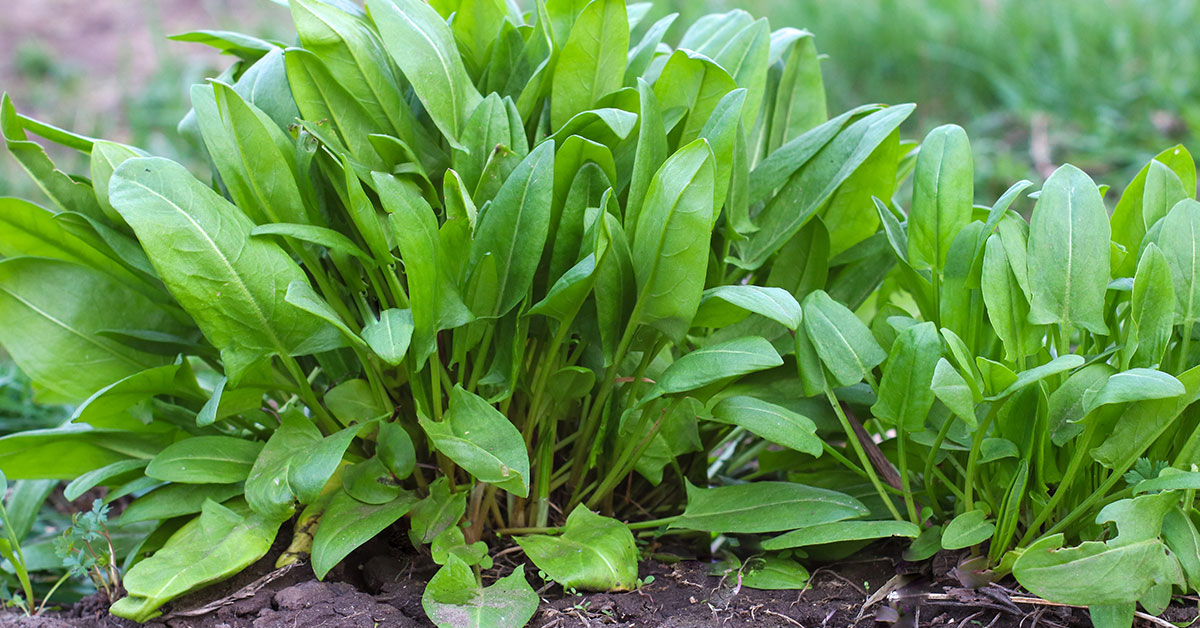Sorrel, with its vibrant green leaves and tangy flavor, is a versatile and nutritious addition to any garden. Whether you are growing French sorrel (Rumex scutatus) or garden sorrel (Rumex acetosa), knowing the right time to harvest this herbaceous perennial is crucial to enjoy its optimal taste and texture.
Harvesting sorrel at the right stage ensures a balance between its lemony zest and tender leaves, making it perfect for salads, soups, sauces, and even herbal teas. In this article, we will explore the signs to look for and the best practices to follow when harvesting sorrel, ensuring you can enjoy its delightful flavors at their peak.
When to Harvest Sorrel
Sorrel is typically harvested when the leaves are young and tender, before they become tough and bitter. The exact timing for harvesting sorrel can vary depending on the specific variety and growing conditions, but generally, you can start harvesting sorrel leaves around 6 to 8 weeks after planting. To harvest sorrel, simply cut the outer leaves from the base of the plant, leaving the inner leaves to continue growing.
This allows the plant to keep producing new leaves for future harvests. It’s important to avoid harvesting more than one-third of the plant at a time to ensure its continued growth and productivity. Remember to always harvest sorrel leaves in the morning when they are at their freshest and most flavorful.
Signs Your Sorrel Are Ready to Be Harvested
Sorrel is a leafy green herb that is typically harvested for its tangy and lemony flavored leaves. Here are some signs to look for when determining if sorrel is ready to be harvested:
- Leaf size: Sorrel leaves should be at least 4-6 inches long before harvesting. Smaller leaves may not have developed their full flavor yet.
- Leaf color: Mature sorrel leaves are usually bright green in color. Avoid harvesting leaves that are yellowing or browning, as they may be past their prime.
- Leaf texture: Sorrel leaves should be firm and crisp. Avoid harvesting leaves that are wilted or have a slimy texture.
- Plant growth: Harvesting sorrel can be done on a cut-and-come-again basis. This means you can start harvesting individual leaves when the plant has reached a height of around 6-8 inches. However, be sure not to remove more than one-third of the plant’s foliage at a time to allow for regrowth.
- Taste test: If you’re unsure whether your sorrel is ready to be harvested, you can always do a taste test. Pick a leaf and sample it to see if it has developed the desired tangy and lemony flavor. If the taste is mild or lacking, it may need more time to mature.
Remember, sorrel leaves are best when harvested young and tender. Regular harvesting will also encourage the plant to produce more leaves throughout the growing season.
Signs Your Sorrel Aren’t Ripe Yet
When sorrel is not yet ripe, there are a few signs to look out for:
- Size: Immature sorrel leaves are usually smaller in size compared to mature leaves. If the leaves are still small and underdeveloped, it’s an indication that they are not yet ready for harvest.
- Color: Young sorrel leaves tend to have a lighter green color, while mature leaves are darker and more vibrant. If the leaves are pale or have a yellowish tint, it suggests that they are not fully ripe.
- Texture: Immature sorrel leaves may feel softer and more tender compared to mature leaves, which have a slightly tougher texture. If the leaves are too delicate and lack firmness, it’s a sign that they are not yet ready to be harvested.
- Taste: Sorrel leaves develop a tangy, lemony flavor as they mature. If the leaves taste bland or lack the characteristic sourness, it indicates that they are not fully ripe.
It’s important to allow sorrel leaves to reach their full maturity before harvesting to ensure optimal taste and texture.













